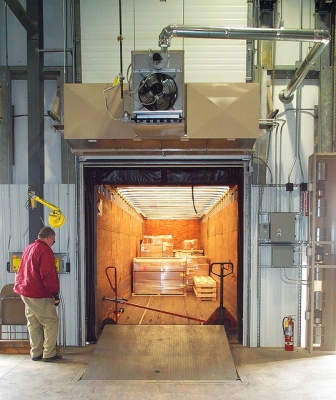IGT Independent Gas Transporters and You

A hot shower in the morning, followed by a hot breakfast with tea or coffee is a normal routine for most people. Many households depend on gas to heat the water and cook the food that gets the day off to a good start. Rarely does anyone think about the gas they are using, or wonder how it got to the home. The most important thing is the availability of the gas to be there when it is needed. Gas takes a circuitous route before arriving at your home. In the newer housing developments, most of the gas is transported by Independent Gas Transporters (IGTs).
And while the gas price may be a little bit higher when transported to your home by an IGT service, most of the homes receiving it are new and well insulated. If you want to lower your annual gas energy bill, there are many things you can do to conserve energy while enjoying a warm and cozy home.
1. Check all your doors and windows for air leaks, and use weather stripping to seal off the areas where cold air can enter and warm air can leave. Long drapes will help keep cold air around the windows from finding its way into the room.
2. Install a thermostat that can be programmed to lower the temperature when you are not at home and that will raise the temperature setting shortly before you arrive home. You can save money with this type of thermostat.
3. Insulate wherever needed. A non-insulated loft space can add up quickly on your fuel bill.
4. Insulate water pipes. Your local DIY store has the supplies.
5. Let the sun in. On days when it is sunny outside, open your curtains and let the sun lighten your home and warm it at the same time.
6. Close off rooms you are not using, and save money by heating less space. Put small rugs in front of the doors of closed rooms to prevent cold air from leaking out.
7. If you have ceiling fans, change the blade direction so they turn backwards during winter months. It will send the warm air at the top of the room back down to the floor.
8. Fireplace dampers must be closed when the fireplace is not in use. Heat leaks out quickly. Always be sure to open the damper before starting a fire.
9. Use area rugs on hard-surfaced floors. Rugs keep your feet warm and retain some of the room heat.
10. If you have an electric water heater, turn the temperature down a bit. Insulate the outside of the heater with a wrap or blanket.
11. Maintain all your heating equipment annually.
12. If plants and bushes are partially blocking a sunny window, clear away the obstructions so the sun can do its part in warming your home.
13. Bake food instead of boiling it. The oven warms the kitchen, but the steam from boiling water adds a cold dampness to the room.
14. Winter is a great time to enjoy your warm sweaters, socks, and blankets.
Another way to lower your fuel costs is switching to a new company. Many companies are offering special incentives and lower fees if you switch to their service. Every supplier has a website, and many fuel companies offer a special incentive if you sign up for their service online. Websites like money.co.uk show cost comparisons between the suppliers offering the lowest prices. Other information on the website includes the tariff type, the estimated annual cost, and the average annual savings for each of the fuel companies. If it's your first time switching, you may have missed out on some of the cheaper tariffs. Energy companies are required to make the switching as easy as possible for the consumer. You can help speed the switching process by having important information all ready to provide to the new supplier.
* Current supplier's name and business information
* Name of your current tariff
* Method you use for payment (direct debit, pre-payment meter, pay bill with cheque)
* Annual gas and/or electricity use
Staying warm and conserving energy is always a challenge. It's good to know IGTs are making sure the gas gets to your home. Get the whole family involved in some DIY projects to make sure you always have enough gas for cooking and heating without breaking your budget.
